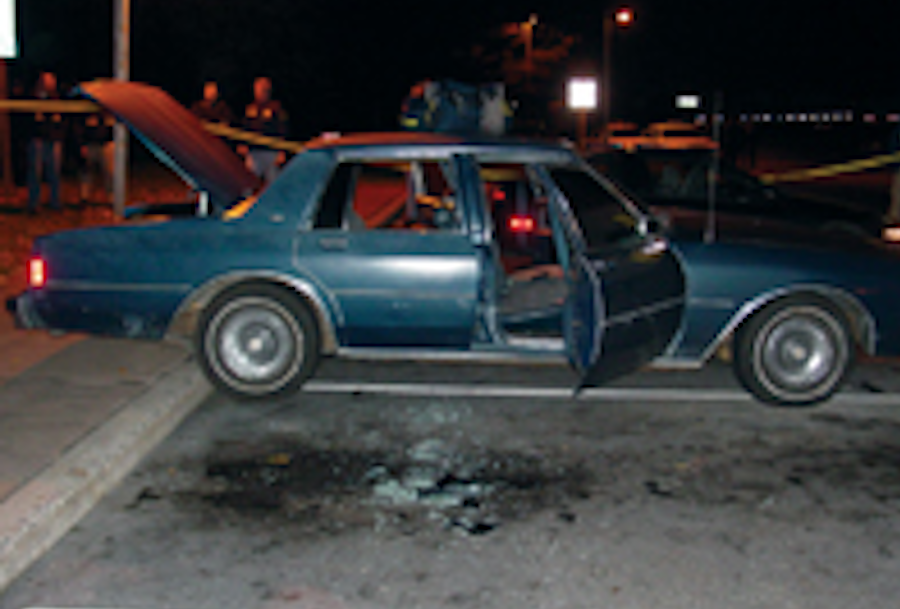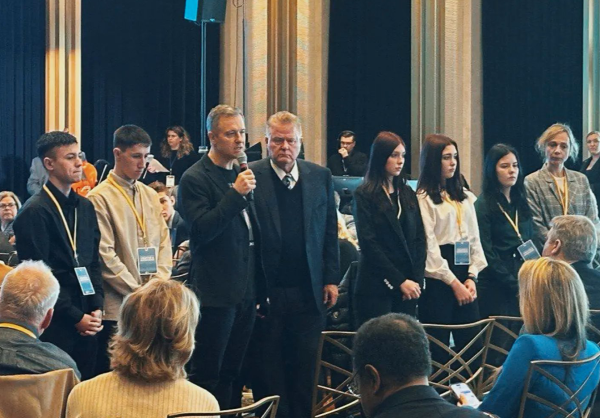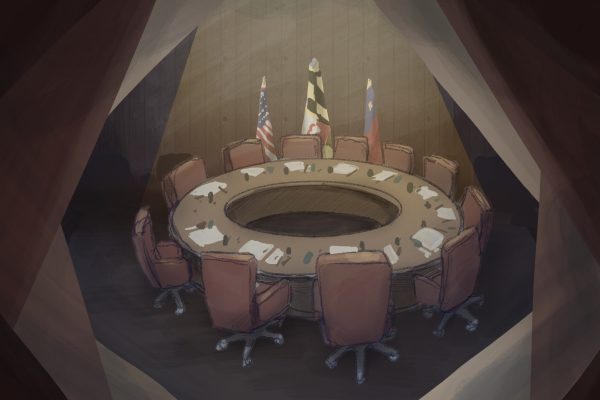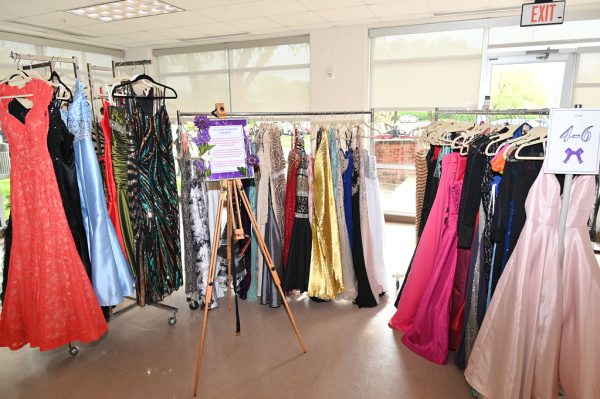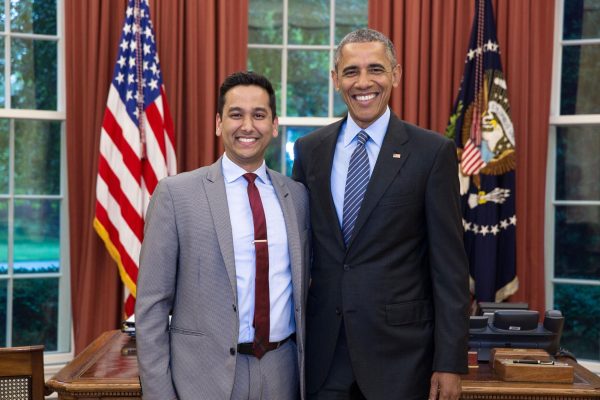Remembering the DC sniper attacks 15 years later: students, parents, teachers look back
Police catch the D.C. snipers in a rest stop after three weeks worth of shootings in the area. The sniper attacks occurred 15 years ago, and many community members look back at how the attacks affected their lives. Photo courtesy the Federal Bureau of Investigations via Wikipedia Commons.
It was 15 years ago when the first shot was fired at 5:20 p.m. on Oct. 2, 2002, sailing through the window of a Michaels Craft Store in Aspen Hill, Maryland. Just over an hour later, James Martin, a middle-aged program analyst, was fatally shot in the parking lot of a Shoppers Food Warehouse grocery store in Glenmont, becoming the first victim.
Over the next three weeks, two snipers fatally shot 10 people and critically injured three more in a series of drive-by shootings, resulting in widespread fear for those living in the DMV. Following their capture, sniper John Allen Muhammad, 41, was sentenced to death and Lee Boyd Malo, 17, was sentenced to life in prison.
The attacks had no apparent pattern and targeted seemingly random victims as they went about their everyday activities. This put people constantly on edge, math teacher Susan Wildstrom said.
“It was pretty scary, and because the attacks were in all kinds of different locations, they weren’t central to some neighborhood,” Wildstrom said. “People had no idea what was motivating this person.”
While the threat of attack loomed, Whitman and other local schools canceled sports practices, suspended open lunch, and prohibited students from wandering the halls or leaving the building. Principal Alan Goodwin, who was vice principal at the time, recalled the difficulty of ensuring everyone’s safety during the shootings.
“As a school administrator, it was frustrating, because there was no real way to protect students and staff other than just being careful and listening to the news about where the person might be popping up next,” Goodwin said.
While students understood the need for such precautions, Katherine Wilmarth (‘06) felt that these changes just added to the fearful atmosphere.
“The security measures had the feeling of keeping us safe, but they also kind of built upon the fear,” Wilmarth said. “There was generally a sentiment that something could happen at any place at any time.”
Wilmarth remembered feeling more scared for her parents than herself. Being at school seemed relatively safe, despite the fact that a child was shot outside a school in Bowie, Maryland. She felt that her parents, who had to be out shopping and getting gas, were at a much greater risk.
“We were at school—we didn’t have phones then, so we wouldn’t get a text from them if they had gotten hurt,” Wilmarth said. “If something had happened to them, it would take you a while to hear.”
Wilmarth’s father Bruce didn’t limit his children’s activities at the time because he didn’t want to interrupt their daily routines. He was, however, careful to keep track of them and avoid risky situations.
“You had to try to be aware of where your kids were going to be, and try to decide if that was safe,” he said.
Multiple shootings occurred near the homes of various Whitman teachers. A victim was shot within a mile of Wildstrom’s home, and two shootings occurred within 15 minutes of Goodwin’s.
“I was very nervous about my kids walking to school and just running errands, wondering if you’d get shot in the parking lot,” Goodwin said. “It was definitely unnerving and unsettling.”
For many adults, the shootings were a time of constant fear and apprehension. But this atmosphere did not seem to overwhelm students, Wildstrom recalled.
“Kids are kids,” Wildstrom said. “I don’t think that the students were as acutely aware of what was going on as the adults were.”
Math department head Russel Rushton vividly remembers the sniper attacks because the 9/11 attacks happened around the same time a year earlier. For him, the fear these two events caused will always be connected.
While the snipers remained at large, Rushton and the other department heads were responsible for guarding the building’s doors and keeping kids inside.
When he wasn’t teaching, Rushton spent most of his time at the doors, he said. Complying with school policy, Rushton only allowed students to leave after their parents walked to the front doors and identified themselves.
For an experienced teacher, this duty posed a different aspect to the job. Rushton recalls being constantly vigilant and wondering whether there could be someone ready to fire at students in the parking lot.
“You take on an added layer of responsibility in a sense because you want to make sure everybody is safe,” Rushton said.
Even 15 years later, the attacks still remain a haunting memory for those who experienced them.
“You just can’t get it out of your mind,” Rushton said. “It’s in there to stay.”
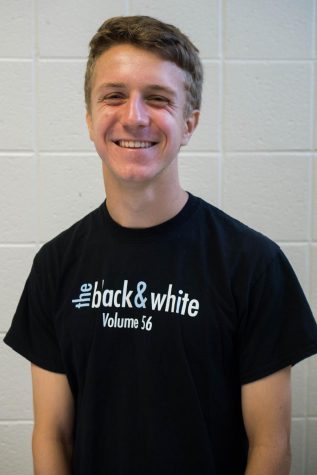
12
What are some of your interests?
Soccer, journalism
Why did you join the Black and White?
I wanted to be a part of Whitman's incredible journalism program
What's your favorite vegetable?
Cucumber



